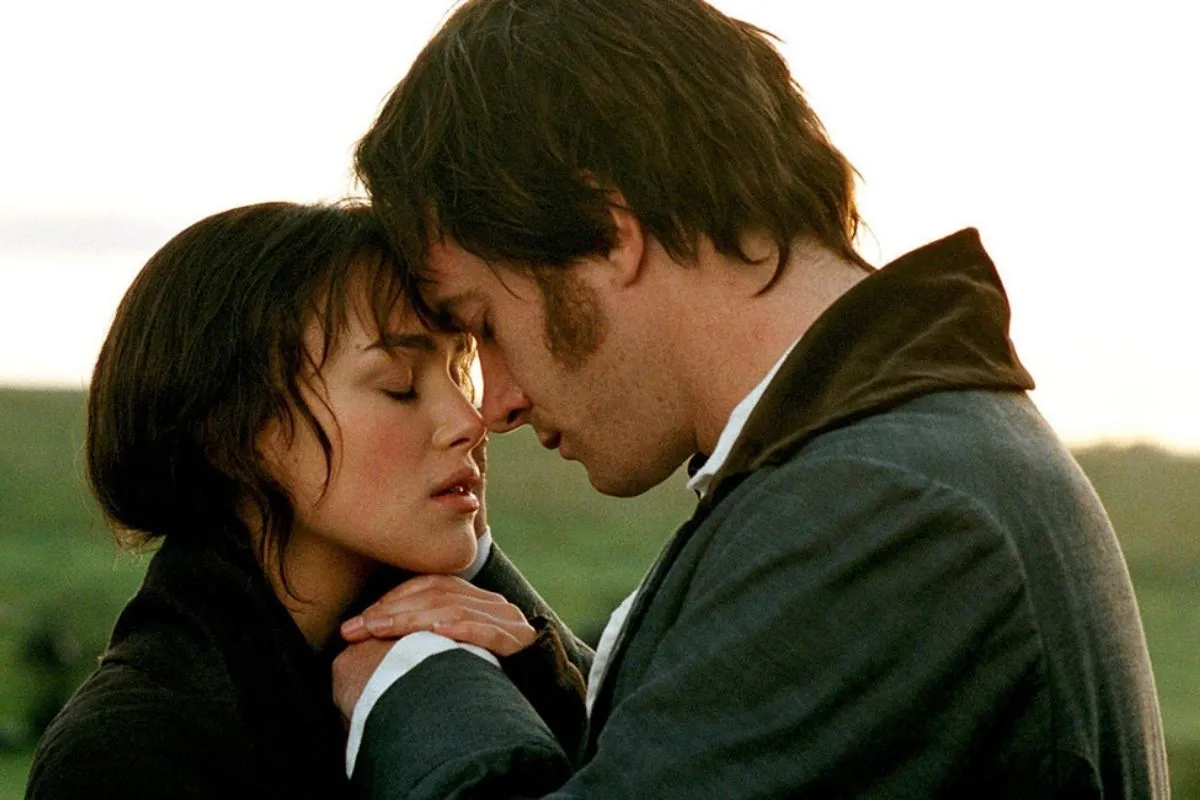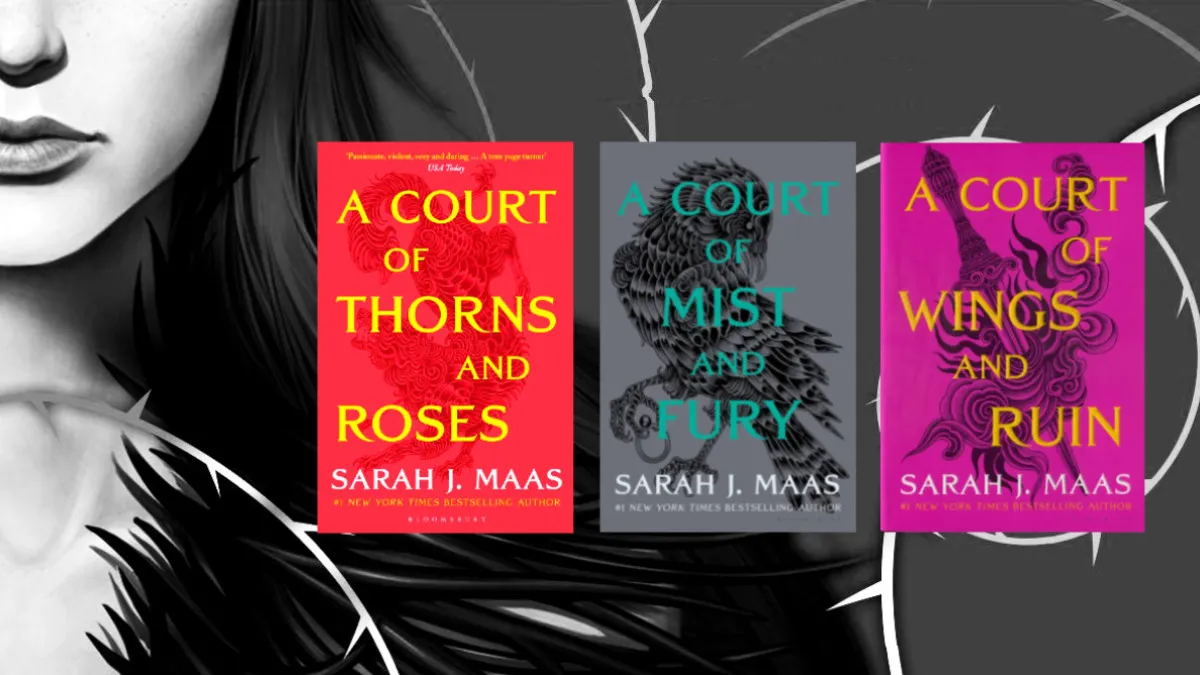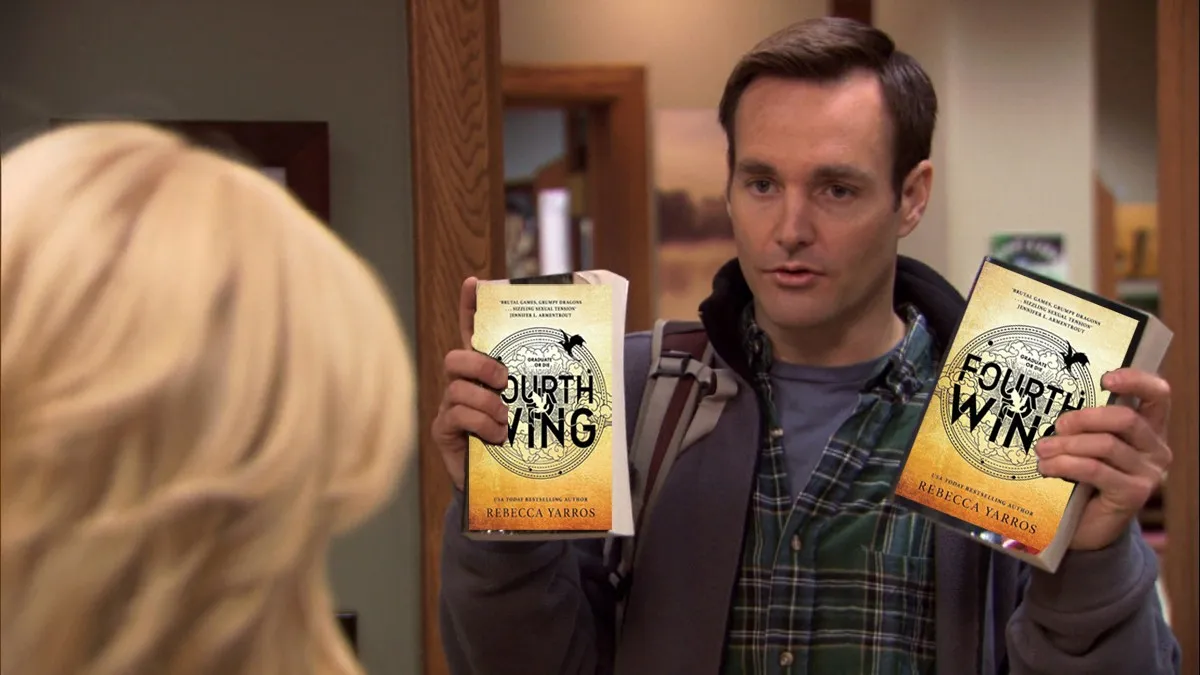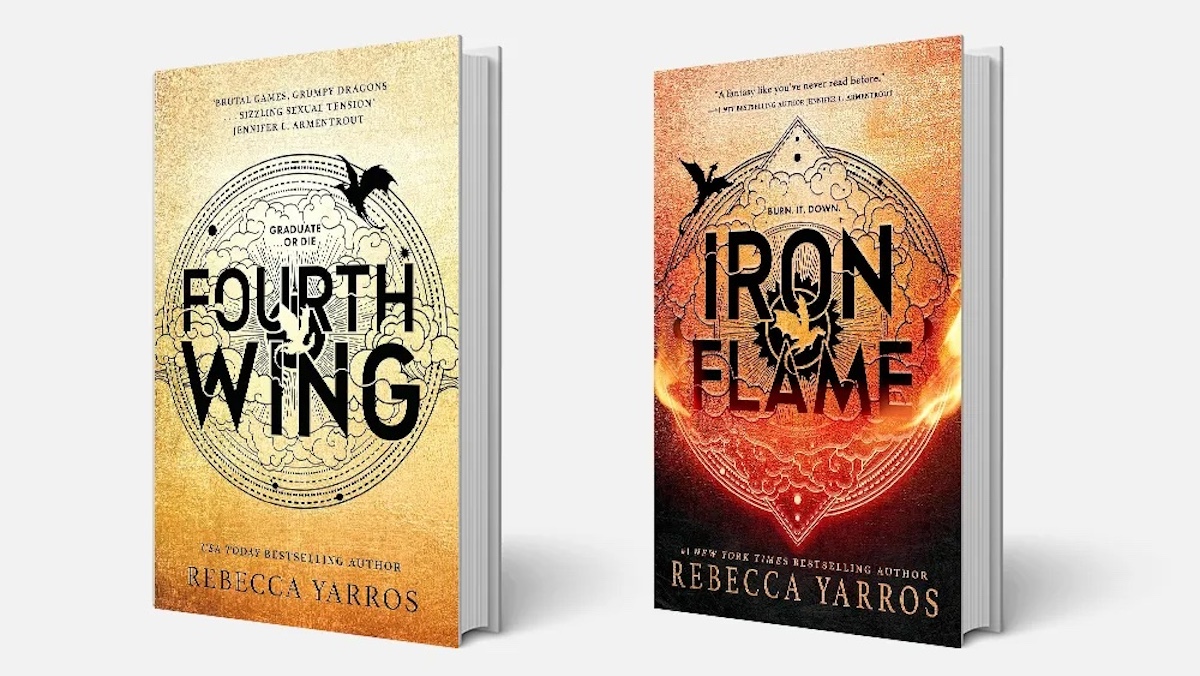I often wonder whether Jane Austen ever imagined that her works would become such massive pillars of worldwide literature, inspiring generation after generation of readers for centuries after her passing. Could she have envisioned the monumental impact they have had on shaping our collective imagination?
Whatever you think the answer to that might be, what’s certain is that the six main novels written by Jane Austen throughout her life—which spanned the years between 1775 and 1817—as well as her one epistolary novella and two unfinished works left behind after her death have rarely been out of print even though they enjoyed only modest success when she was alive.
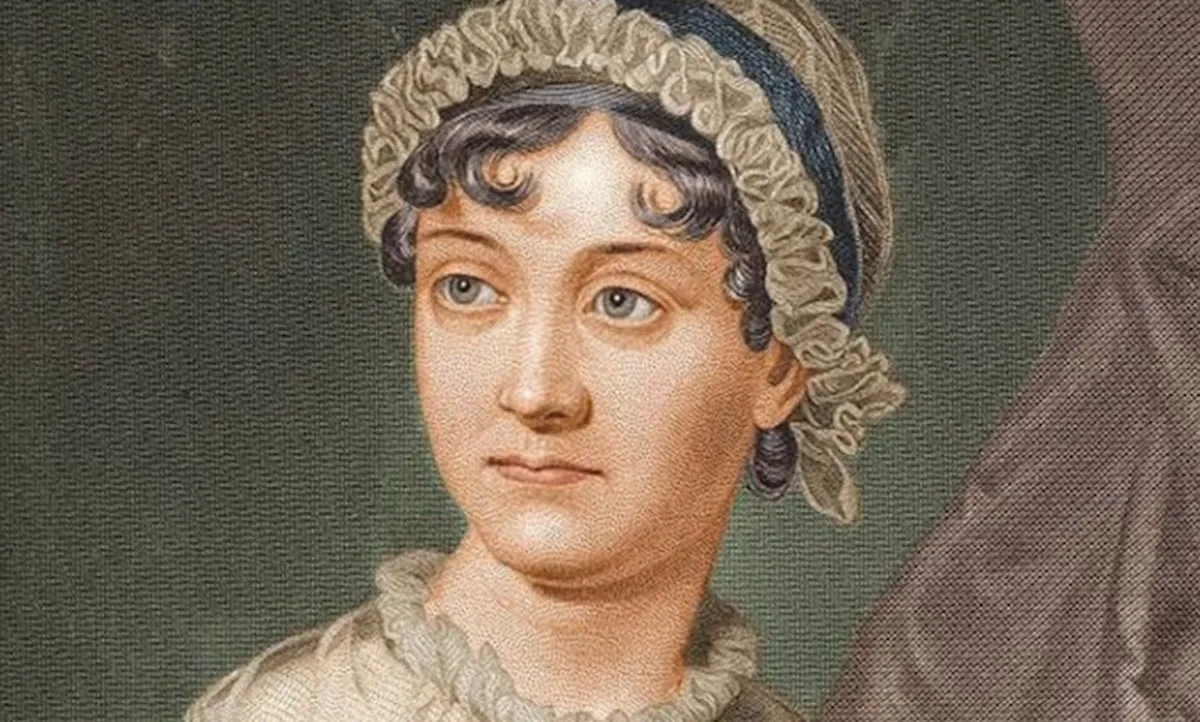
Maybe it’s the poignant, sarcastic, and ironic portrait of the British society of her time that still translates so well into the modern day that has made Austen’s novels forever relevant and made them the inspiration behind countless other pieces of media, or her complex and layered female characters, or her charming male love interests. Maybe it’s a combination of all three.
So in case you’re planning a reread or want to venture into Austen’s novels for the first time after seeing one of their very famous movie adaptations, here’s a complete guide to all of Austen’s works.
Sense and Sensibility (1811)
Sense and Sensibility is the very first novel that Austen published—even though she did so anonymously, with the author only being indicated with “By a Lady”. The story revolves around the first two of the three Dashwood sisters and their lives after their father passes away and all his inheritance goes to their half-brother, leaving them with very little money with which to fend for themselves.
Elinor, the eldest of the three, is the “sense” of the title and also the character through whose viewpoint we see most of the novel. Reserved, responsible, and self-sacrificing, Elinor always puts the needs of others before her own even when they keep her apart from the man she has fallen in love with, Edward Ferrars, her half-brother’s brother-in-law. Then there’s Marianne, who represents the “sensibility” opposed to Elinor’s sense and is therefore guided by her grand emotions, her romantic inclinations, and her eagerness, which sometimes leads her to act in a way that goes against society’s expectations—such as the case during her ill-fated courtship with the charming John Willoughby.
The story has been adapted several times into many different media, even though the most famous of them all is probably the 1995 movie directed by Ang Lee starring Emma Thompson and Kate Winslet as Elinor and Marianne respectively.
Pride and Prejudice (1813)
Austen’s sophomore novel Pride and Prejudice is undoubtedly her most famous. The charm of the romance between Elizabeth Bennet and Mr Darcy truly knows no end—and I’m very happy about it.
The story is, of course, told through the viewpoint of Elizabeth Bennet, the second oldest of the five daughters of Mr Bennet—sarcastic and aloof—and Mrs Bennet—whose chief concern in life is making good marriages for her daughters. The encounter between Lizzie, witty, intelligent, and stubborn in holding on to her prejudiced first impressions, and the rich, apparently prideful and completely socially inept Mr. Darcy—truly the blueprint for so many romance heroes, I guarantee all of your faves have a bit of socially awkward legend Fitzwilliam Darcy in them—will change both their lives for good.
Pride and Prejudice was also the subject of several various adaptations, even though fans usually split into preferring one of only two—the 1995 series starring Jennifer Ehle and Colin Firth as the main characters, and the 2005 movie where Elizabeth and Darcy are played by Keira Knightley and Matthew Macfayden respectively.
Mansfield Park (1814)
Austen’s third published novel, Mansfield Park, has always gathered very different interpretations among critics on both its heroines and its main themes, which span from religion to slavery—which comes into play since the protagonist’s uncle owns a sugar plantation in Antigua.
The story follows Fanny Price, whose impoverished parents were sent to live with her much wealthier aunt Lady Bertram and her four children in her estate at Mansfield Park. Judicious and modest Fanny navigates the relationships with her cousins and the other members of society while staying true to her principles and her morals, which eventually helps her secure a future for herself.
Among the many adaptations of Mansfield Park, you can find a 1999 movie starring Frances O’Connor as Fanny and even a radio drama released in 2003, with Felicity Jones, Benedict Cumberbatch and David Tennant taking on the roles of Fanny, Edmund Bertram, and Tom Bertram respectively.
Emma (1816)
Emma features what I would say is Austen’s second most popular heroine—because I think Lizzie Bennet is still unbeaten when it comes to that tile—and that is the titular Emma Woodhouse, whom the novel itself describes in its opening lines as “handsome, clever, and rich, with a comfortable home and a happy disposition”.
Emma, who comes from a rich family and doesn’t have any kind of worries in life, likes to spend her time matchmaking the people around her—even though she’s not as good as she thinks she is and doesn’t see the danger of meddling with other people’s lives as if they were dolls. It’s a good thing her close friend Mr Knightley—whose brother is married to Emma’s elder sister Isabella—is always there to remind her.
Emma has received one of the most recent adaptations on this list with the delightful 2020 movie directed by Autumn de Wilde, with Anya Taylor-Joy and Johnny Flynn starring as Emma and Mr Knightley respectively.
Northanger Abbey (1818)
Northanger Abbey is famously intended as a satire for the Gothic literary genre, which was all the rage when during Austen’s lifetime.
The novel’s protagonist, young and naive Catherine Morland, is a great reader of Gothic novels and she spends so much time inside her own imagination that it distorts her view of the world, so much so that when she’s invited to spend some time as a guest of her friends the Tilneys—whose son Henry has, as they say, formed an attachment to her that will of course find a resolution by the end of the story—at their family home of Northanger Abbey she fully expects it to be haunted Gothic mansion rather than the pleasant estate it actually is.
If you want to watch a somewhat recent adaptation of Northanger Abbey, then the 2007 television movie starring Felicity Jones and JJ Feild as Catherine and Henry might be a good choice for you.
Persuasion (1818)
Published posthumously just like Northanger Abbey, Persuasion is the last full novel in Austen’s list of works—and so widely believed to be her most mature both when it comes to writing techniques and also with its themes and characters.
The heroine of the story is Anne Elliott, 27 years old, still unmarried, and with a rejected proposal in her past—almost eight years before the beginning of the novel she refused Captain Frederick Wentworth, even though the two were genuinely in love, because Anne was persuaded to do so by her family and friends who considered his social status too low for her. When the two meet again, it of course means a second chance at love and also what has to be one of the most beautiful love letters ever put to page.
While you might have heard of the infamous Netflix movie starring Dakota Johnson and Cosmo Jarvis as Anne and Wentworth, do yourself a kindness and skip that in favor of some television adaptations like the 2007 one, starring Sally Hawkins as our heroine.
Lady Susan (1871)
Lady Susan is the last of Austen’s completed works, even though it isn’t considered part of her six main novels since it’s technically an epistolary novella that revolves around the titular Lady Susan Vernon, beautiful, charming, and recently widowed. She has no qualms in seducing both single and married men to manipulate her for her needs—mostly financial ones since her deceased husband left her in a precarious situation even though she keeps on maintaining a semblance of an opulent lifestyle.
An adaptation of Lady Susan was released in 2016—even though it’s titled Love & Friendship—with Kate Beckinsale starring as Lady Susan.
Unfinished work: The Watsons
The Watsons was meant to be a novel before Austen abandoned it after working on it for around two years. Only a short manuscript remains, which is enough to identify the characters around which the story would have revolved, the titular Watsons—including the novel’s heroine, Emma, who received a better education than her siblings thanks to a wealthy aunt and who returns home after said aunt marries a second time.
Unfinished work: Sanditon
Sanditon has eleven chapters, which Austen wrote in the first months of 1817 before stopping. The story follows young Charlotte Heywood, who arrives in the seaside town of Sanditon as a guest of the Parkers—who were helped by Charlotte’s family when their carriage broke down right by their house. In Sanditon, Charlotte of course becomes acquainted will all the inhabitants of the town, including Sidney Parker, who is believed to have been intended to be the romantic interest of the novel.
Several continuations of Sanditon exist, both in print and on screen, like the 2019 series starring Rose Williams and Theo James as Charlotte and Sidney respectively.
(featured image: Focus Features)



